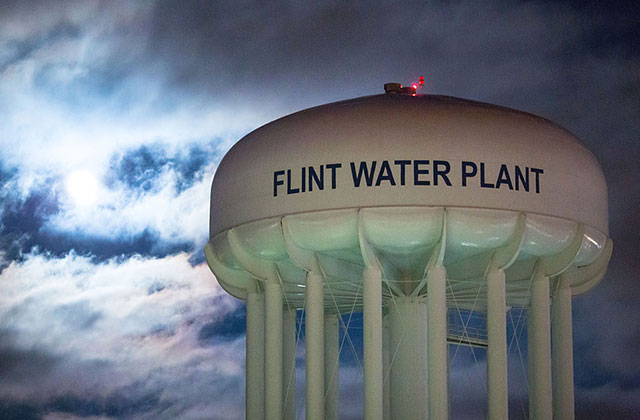The federal government approved a $119 million lead abatement plan for the state of Michigan yesterday (November 14). The plan will distribute roughly $24 million per year in state and federal funds to Michigan over five years or until all eligible homes are lead-free.
This Centers for Medicare and Medicaid Services-approved plan amends the state’s current Children’s Health Insurance Plan (CHIP) by using CHIP funds to pay for lead removal. Therefore, homes and other residential structures receiving federal funds for lead abatement must house either someone younger than 19 who is eligible for CHIP or Medicaid or a pregnant woman who currently lives or visits there frequently.
The state will prioritize the predominantly Black city of Flint, where its almost 100,000 residents continue to face lead-contaminated drinking water, but the plan will also identify other areas that are at similar risk, according to the statement by the U.S. Department of Health and Human Services.
Michigan Department of Health and Human Services will select communities based on the percentage of the population that is low income, under the age of 6 with an elevated blood lead level, lives in pre-1978 and pre-1940 housing and “other social determinant factors” like unemployment levels, according to the CHIP amendment.
“This approval is an unprecedented step for the state and federal government in helping Flint families protect their children from the risks associated with lead,” said Nicole Lurie, assistant secretary for preparedness and response at the federal health department, in the statement.
The removal of lead will follow a typical environmental investigation with assessment including surfaces like indoor and outdoor paint, windows, floors and garages. The city must replace lead service lines before homes’ interior plumbing and fixtures can be fixed, but the plan does make clear that “related abatement may begin prior to the completion of water related activities.”
